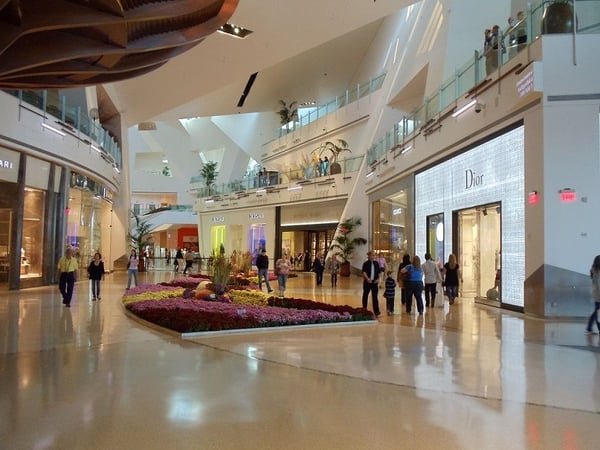Originally posted by Tim Sandle, Digital Journal
The technology companies Ossia and Displaydata have partnered to develop a type of electronic shelf labels with wireless power. The labels provide pricing information in retail stores. This provides a flexible solution for businesses.

With the companies, Ossia is a wireless power innovator, and Displaydata, is a company that specializes in electronic shelf labels. The two have come together to produce electronic shelf labels that integrate Cota Real Wireless Power technology, as an advanced display solution.
